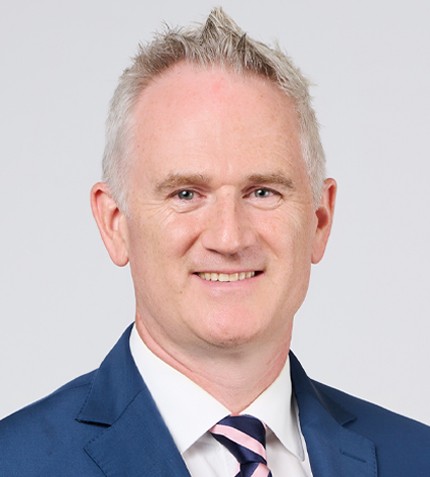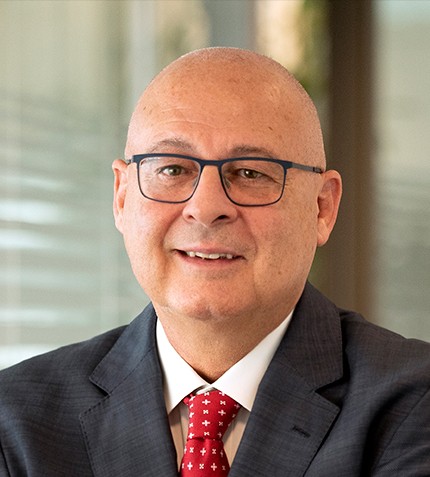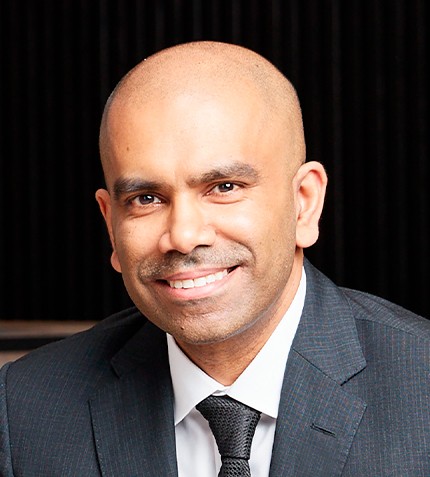
"Our vision is to explore, mine and produce concentrates for a lithium conversion plant capable of producing the required chemicals for battery manufacturers. This is a made-in-Ontario story."
Luke Cox
CEO, GREEN TECHNOLOGY METALS
Can you give an overview of the milestones achieved by Green Technology Metals (GT1) in 2023?
We reached the point of delivering a Preliminary Economic Assessment on building a vertically integrated lithium business in Ontario. Our vision is to explore, mine and produce concentrates for a lithium conversion plant capable of producing the required chemicals for battery manufacturers. This is a made-in-Ontario story.
At GT1’s flagship Seymour project, we drilled out the resources and have sufficient tons to now go into operation. We have nearly completed three years of environmental baseline studies and are in the planning phases of the mining operation and concentrator. We are consulting resident First Nations groups about potential Impact Benefit Agreements (IBAs), which are our social license to operate. This is in their backyard, we want to ensure everyone is happy, so we are discussing potential jobs, training and education the mine can provide.
Why would the former Cascades paper plant be the ideal site for GT1’s planned lithium hydroxide conversion facility, and what synergies will this facility unlock for the business?
Along Thunder Bay there are various brownfield paper mill sites, which provincial and federal governments are looking to clean up. The site location on the outskirts of Thunder Bay helps prevent haul trucks from disrupting the town itself. The site has road infrastructure, rail infrastructure, sewerage, and access to water, electricity and gas, which will be necessary for us to operate.
With many companies looking to establish processing facilities in Thunder Bay, do you foresee any consolidation through M&A or joint processing ventures?
The government has put money into the Strategic Innovation Fund to invest in a potential conversion plant in Thunder Bay. GT1 was one of the first companies to apply. With this fund, the government is trying to build a vertically integrated lithium business in Ontario - from a mine to a battery to an EV car. The government suggested that GT1 join forces with other industry players in Ontario to consolidate the supply chain, and we immediately made a deal with a battery manufacturer building a plant in Ontario: We sold 25% of our future production to LG Energy Solutions. We acquire the raw materials, process them, and deliver them to make batteries in Ontario.
Once we have our conversion plant in operation, we can hold talks with other raw material producers to bring their feed to us for future processing. We can double production if another producer wants to join this supply chain.
Has the government been supportive of GT1 and other critical mines in Ontario?
The government’s mandate is to get the critical mineral supply chain running as soon as possible. There are established departments to support critical minerals companies, like GT1, along the production pathway. They helped us navigate permitting and converting our exploration claims to mining claims.
The government spent C$25 billion on the downstream players: car and battery manufacturers are building plants and Umicore signed a cathode factory deal with the government. None of them have feed. These players want to secure raw material supply, and many are looking to GT1.
Why did GT1 select Ontario as the place to create an integrated lithium supply chain?
With GT1’s experience, board, and team there is the potential to reinvent the success of Australia’s lithium production in North America.
Demand for critical minerals will be concentrated in North America; we are trying to create a homegrown critical mineral supply chain in Canada to meet demand and mitigate reliance on other countries. Ontario has great potential, not only for lithium mining but also for downstream processing, all a stone's throw away from each other. Having an entire vertically integrated supply chain in one region will decrease North America’s reliance on other countries for downstream processing and substantially decrease the carbon footprint, as materials will no longer need to be shipped across the world to make EV batteries. That does not exist anywhere else on the planet, but soon, it will in Ontario.










